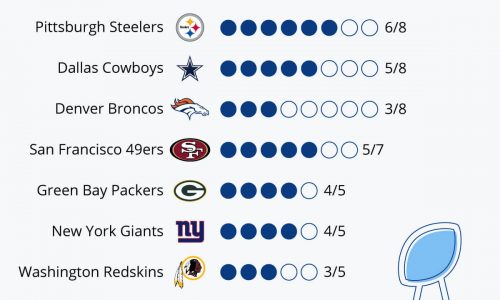
It’s more than just a ball… The golf ball has been intensively innovated on over the last few centuries to produce incredible results.
Why do Golf Balls Have Dimples?
Ever picked up a golf ball and wondered about those tiny dimples covering its surface? It turns out, those little indentations – typically numbering between 350 and 450 – play a huge role in making your golf game what it is! The golf ball, standard in size at 1.7 inches in diameter and weighing in at 1.6 ounces, has seen a significant evolution over centuries, much like the sport itself. Just how much? Consider this: the average drive distance on the PGA Tour has increased by an impressive 29 yards since 1980 alone! Let’s dive into the fascinating history behind the golf ball and see how the game has transformed over the years.
The Evolution of the Golf Ball
In the early days before the 16th century, golf was a rudimentary game played with round pebbles. As you can imagine, the consistency and performance were far from today’s standards. By the 16th century, wooden balls came into play, offering a significant improvement but still leaving much to be desired.
A big leap forward came in the 18th century with the introduction of the ‘Featherie’. This ball, made of feathers tightly packed into a leather pouch, was a game-changer. However, it was the Gutta-Percha ball introduced in the 19th century, crafted from the sap of the Gutta tree, that really set the stage for the modern golf ball.
Fast-forward to the 20th century, and we have the ‘Haskell’ ball, named after its inventor, Coburn Haskell. Made with a rubber core wrapped in rubber thread and covered with Gutta-Percha, this ball was the precursor to the dimpled wonders we know today.
The Evolution of the Golf Club
Of course, the evolution of golf isn’t complete without a nod to the transformation of the golf club. From rudimentary wooden sticks to today’s high-tech clubs, the equipment has evolved in tandem with the ball, each influencing the other’s development.
Golf: A Sport in Constant Flux
From its humble beginnings with pebbles and wooden sticks, golf has undergone a dramatic transformation. With advancements in technology and equipment, the sport continues to evolve, promising an exciting future. So, whether you’re a seasoned player or a newbie, the next time you tee off, take a moment to appreciate the centuries of innovation encapsulated in that small, dimpled ball.
Who knows how the game of golf will change in the years to come? One thing’s for certain, the science, history, and innovation behind the golf ball will continue to intrigue and surprise us.




